Foil Hacks That Work: Ever feel like your kitchen foil is just sitting there, waiting for its moment to shine? Well, get ready to unleash its hidden potential! For generations, aluminum foil has been a staple in kitchens worldwide, primarily for cooking and food storage. But its uses extend far beyond simply wrapping leftovers. From ancient civilizations using thin metal sheets for decoration to modern-day chefs relying on foil for perfect roasts, the versatility of this material is undeniable.
I’m excited to share some incredible foil hacks that work wonders around your home. These aren’t just your run-of-the-mill tips; they’re clever, practical solutions to everyday problems. Think sharper scissors, cleaner grills, and even a boost for your Wi-Fi signal! In today’s world, where efficiency and resourcefulness are highly valued, these DIY tricks can save you time, money, and a whole lot of frustration. So, ditch the expensive gadgets and embrace the power of foil – you’ll be amazed at what you can achieve!
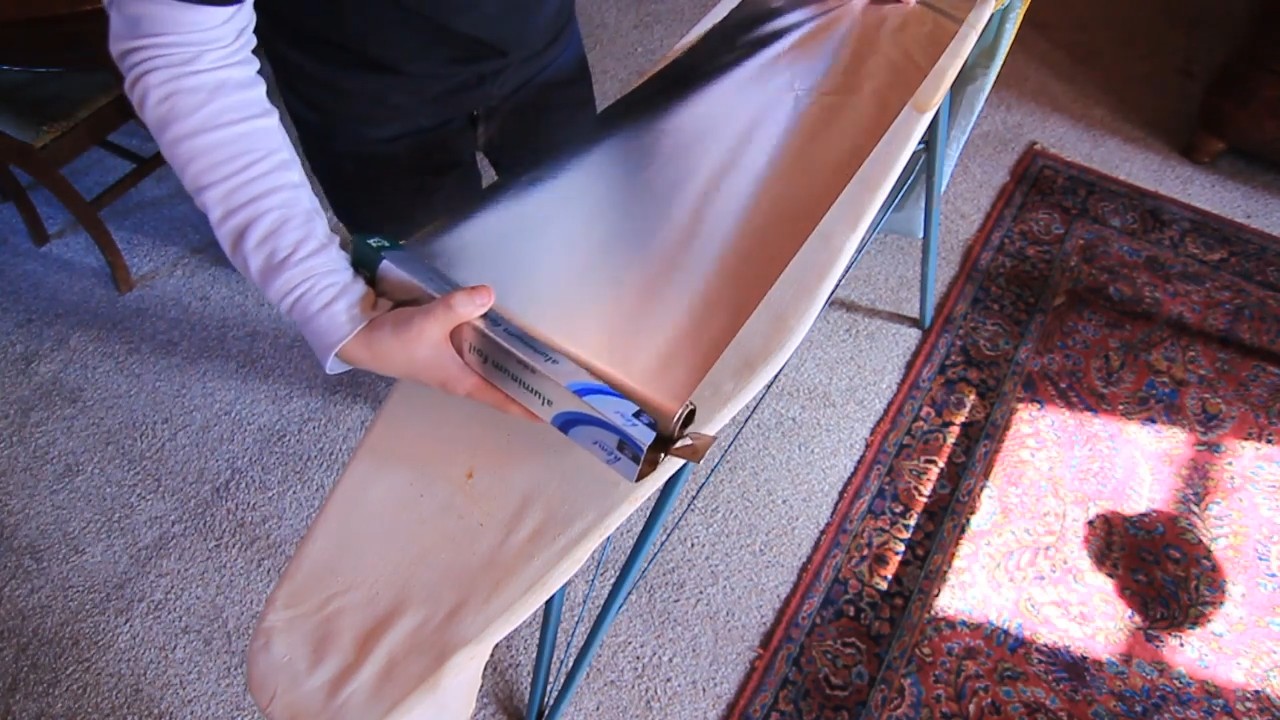
Foil Hacks That Will Blow Your Mind!
Okay, friends, let’s talk about aluminum foil. You probably think of it as just something to wrap leftovers or line baking sheets, right? Wrong! This humble kitchen staple is a powerhouse of potential, and I’m about to show you some amazing foil hacks that will seriously simplify your life. Get ready to be amazed!
Sharpening Scissors with Foil
Dull scissors driving you crazy? Don’t rush out to buy a new pair! Foil can bring them back to life. This is one of my favorite quick fixes.
What you’ll need:
* A sheet of aluminum foil
Step-by-step instructions:
1. Fold the foil: Take a standard sheet of aluminum foil and fold it over several times to create a thick, multi-layered strip. The more layers, the better the sharpening effect. I usually aim for about 6-8 layers.
2. Cut, cut, cut!: Now, grab your dull scissors and start cutting through the folded foil strip. Make several long, deliberate cuts, using the entire length of the blades. Imagine you’re cutting fabric.
3. Test the sharpness: After about 10-20 cuts, test your scissors on a piece of paper. You should notice a significant improvement in their sharpness. If they’re still not sharp enough, repeat the cutting process with a fresh section of the foil strip.
4. Repeat if needed: For really dull scissors, you might need to repeat this process a few times. Don’t be afraid to give it another go!
Cleaning Iron Soleplates with Foil
Burnt residue on your iron soleplate can make ironing a nightmare. Foil to the rescue! This hack is super effective and requires minimal effort.
What you’ll need:
* A sheet of aluminum foil
* An ironing board or heat-resistant surface
* A clean cloth
Step-by-step instructions:
1. Prepare the foil: Tear off a large sheet of aluminum foil and place it shiny-side up on your ironing board or heat-resistant surface. Make sure it’s smooth and wrinkle-free.
2. Sprinkle with salt (optional, but recommended): For extra cleaning power, sprinkle a generous amount of table salt over the foil. The salt acts as a mild abrasive to help remove stubborn residue.
3. Heat up the iron: Turn on your iron to a medium heat setting (avoid using steam). Make sure the iron is not set to a delicate fabric setting.
4. Iron the foil: Carefully run the heated iron over the foil (and salt, if using) in a back-and-forth motion, as if you were ironing a garment. Apply gentle pressure. You’ll likely see the burnt residue transferring onto the foil.
5. Repeat as needed: Continue ironing the foil until the soleplate is clean. You may need to use a fresh section of foil if it becomes heavily soiled.
6. Wipe clean: Once the soleplate is clean, turn off the iron and let it cool completely. Then, use a clean, damp cloth to wipe away any remaining residue or salt.
Boosting Wi-Fi Signal with a Foil Reflector
Weak Wi-Fi signal getting you down? Before you call your internet provider, try this simple foil hack to boost your signal strength. It’s surprisingly effective!
What you’ll need:
* A sheet of aluminum foil
* Cardboard (a cereal box works great)
* Scissors
* Glue or tape
Step-by-step instructions:
1. Cut the cardboard: Cut a curved shape out of the cardboard. Think of a shallow dish or a half-circle. The size will depend on the size of your router, but aim for something that’s at least as wide as your router.
2. Cover with foil: Cover the inside of the cardboard curve with aluminum foil, shiny side facing inward. Use glue or tape to secure the foil to the cardboard. Make sure the foil is as smooth as possible for optimal reflection.
3. Position the reflector: Place the foil-covered reflector behind your router, with the curved side facing towards the area where you want to improve the Wi-Fi signal. Experiment with the angle and position of the reflector to find the sweet spot.
4. Test the signal: Use a Wi-Fi analyzer app on your phone or computer to measure the signal strength before and after positioning the reflector. You should notice a noticeable improvement in signal strength in the targeted area.
5. Fine-tune the position: Play around with the position and angle of the reflector until you achieve the best possible signal boost. Even small adjustments can make a difference.
Cleaning Silverware with Foil, Baking Soda, and Salt
Tarnished silverware looking dull and lifeless? This foil-based cleaning method is a safe and effective way to restore its shine without harsh chemicals.
What you’ll need:
* A glass or plastic bowl (avoid using metal)
* Aluminum foil
* 1 cup of boiling water
* 1 tablespoon of baking soda
* 1 tablespoon of salt
* A soft cloth
Step-by-step instructions:
1. Line the bowl: Line the inside of the bowl with aluminum foil, shiny side up. Make sure the foil covers the entire inside surface of the bowl.
2. Add baking soda and salt: Pour the baking soda and salt into the foil-lined bowl.
3. Pour in boiling water: Carefully pour the boiling water into the bowl. The mixture will fizz and bubble – this is normal.
4. Submerge the silverware: Place the tarnished silverware into the bowl, making sure each piece is touching the foil. The chemical reaction between the foil, baking soda, salt, and hot water will remove the tarnish.
5. Soak for several minutes: Let the silverware soak in the solution for 5-10 minutes, depending on the severity of the tarnish. You’ll likely see the tarnish transferring onto the foil.
6. Remove and rinse: Carefully remove the silverware from the bowl using tongs or gloves (the water will be hot). Rinse each piece thoroughly with clean water.
7. Dry and polish: Dry the silverware immediately with a soft cloth. Polish each piece to restore its shine. For stubborn tarnish, you may need to repeat the soaking process or use a silver polishing cloth.
Making a Makeshift Funnel with Foil
Need a funnel but don’t have one handy? Foil to the rescue! This quick and easy hack is perfect for pouring liquids or powders into small containers.
What you’ll need:
* A sheet of aluminum foil
Step-by-step instructions:
1. Shape the foil: Take a sheet of aluminum foil and shape it into a cone. Start by folding the foil in half diagonally to create a triangle.
2. Form the funnel: Roll the triangle into a cone shape, leaving a small opening at the bottom. Adjust the size of the opening to suit your needs.
3. Secure the funnel: Secure the cone shape by folding over the edges of the foil or using tape. Make sure the funnel is sturdy enough to hold the liquid or powder you’ll be pouring.
4. Use the funnel: Place the makeshift funnel into the opening of the container you want to fill. Carefully pour the liquid or powder into the funnel.
Protecting Pie Crusts from Burning with Foil
Ever bake a pie and end up with a burnt crust? Foil can prevent this common baking mishap.
What you’ll need:
* A sheet of aluminum foil
* Scissors
Step-by-step instructions:
1. Cut foil strips: Cut several strips of aluminum foil that are wide enough to cover the edge of your pie crust.
2. Wrap the crust: Carefully wrap the foil strips around the edge of the pie crust, covering the areas that tend to brown too quickly. You can either wrap individual sections or create a continuous ring of foil around the entire crust.
3. Bake as usual: Bake the pie according to your recipe instructions. The foil will protect the crust from burning while allowing the filling to cook properly.
4. Remove foil (optional): In the last 15-20 minutes of baking, you can remove the foil if you want the crust to brown slightly. Keep a close eye on the pie to prevent burning.
Cleaning Grill Grates with Foil
Scrubbing burnt food off grill grates is a chore. Foil makes it much easier!
What you’ll need:
* A sheet of aluminum foil
* Grill brush or tongs
Step-by-step instructions:
1. Heat the grill: Turn on your grill to high heat and let it heat up for several minutes. This will help loosen the burnt food particles.
2. Crumple the foil: Crumple a
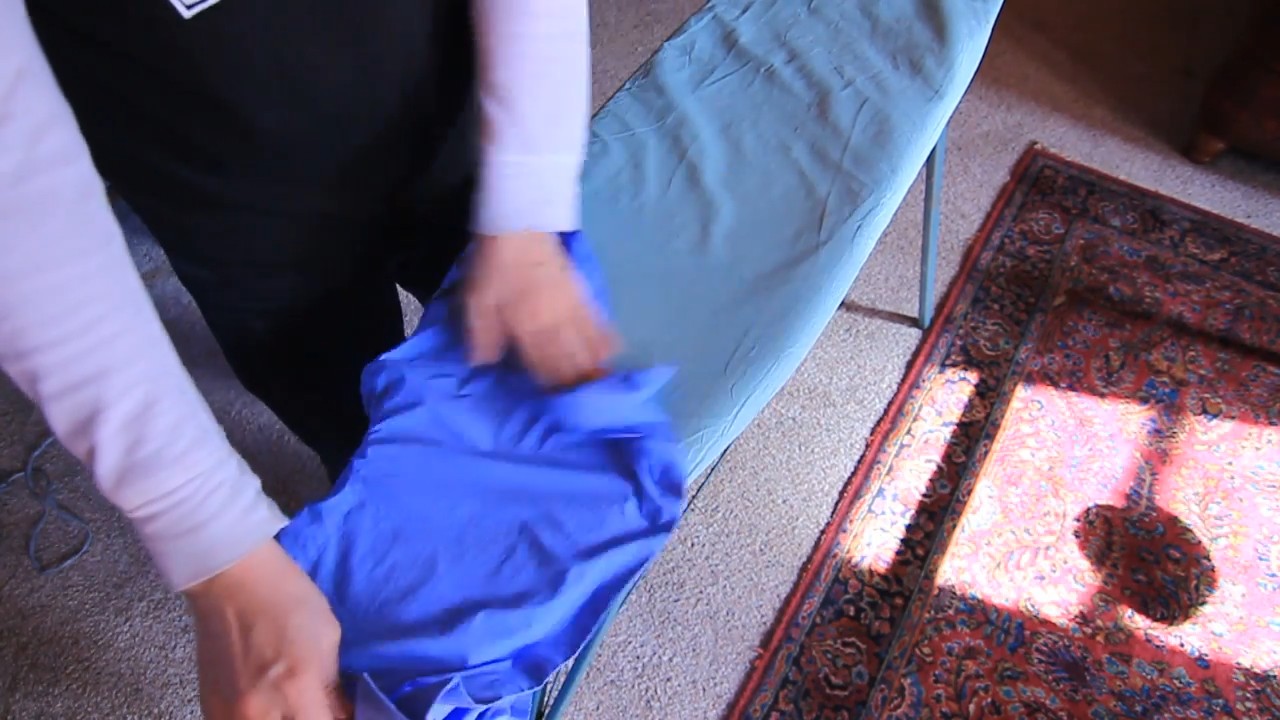
Conclusion
So, there you have it! These foil hacks are more than just clever tricks; they’re game-changers in the kitchen and beyond. From effortlessly cleaning your grill grates to sharpening dull scissors and even boosting your Wi-Fi signal, aluminum foil proves its versatility time and time again. The beauty of these DIY solutions lies in their simplicity and accessibility. You likely already have a roll of foil tucked away in your pantry, making these hacks incredibly convenient and cost-effective.
Why is this a must-try? Because it simplifies your life. Imagine spending less time scrubbing burnt food off your grill and more time enjoying delicious barbecue. Think about the satisfaction of breathing new life into your old scissors without having to buy a new pair. Consider the convenience of a slightly stronger Wi-Fi signal without the expense of a new router. These are small wins that add up to a more efficient and enjoyable daily routine.
But don’t stop there! The possibilities with foil are endless. Experiment with different variations to suit your specific needs. For example, when using foil to clean your iron, try adding a few drops of dish soap to the foil for extra cleaning power. When sharpening scissors, fold the foil multiple times for a thicker, more abrasive surface. If you’re using foil to boost your Wi-Fi signal, experiment with the placement and shape of the foil reflector to find the optimal configuration for your home.
We encourage you to embrace these foil hacks and discover the magic for yourself. They are easy to implement, require minimal effort, and deliver tangible results. Don’t just take our word for it – try them out and see the difference they can make.
And most importantly, we want to hear about your experiences! Did you find a particular hack especially helpful? Did you discover a new and innovative way to use foil? Share your tips, tricks, and stories in the comments below. Let’s create a community of foil enthusiasts and unlock the full potential of this everyday household item. Your insights could inspire others and help us all live a little bit easier. So go ahead, grab that roll of aluminum foil, and get ready to be amazed! This is the ultimate guide to **foil hacks** that will change your life.
Frequently Asked Questions (FAQs)
General Questions About Foil Hacks
Q: Are these foil hacks safe to use?
A: Yes, most foil hacks are generally safe when used as directed. However, it’s crucial to exercise caution and common sense. For example, when using foil with electrical appliances, ensure that the foil doesn’t come into contact with any exposed wires or heating elements that could cause a short circuit or fire hazard. When cleaning with foil, wear gloves to protect your hands from potential cuts or irritation. Always supervise children when they are using foil for any purpose.
Q: What type of aluminum foil is best for these hacks?
A: Standard aluminum foil is suitable for most of these hacks. However, for tasks that require extra strength or durability, such as grilling or cleaning heavily soiled surfaces, heavy-duty aluminum foil is recommended. Heavy-duty foil is thicker and less likely to tear or puncture, making it a better choice for demanding applications.
Q: Can I reuse aluminum foil after using it for these hacks?
A: It depends on the specific hack and the condition of the foil. If the foil is heavily soiled, torn, or damaged, it’s best to discard it. However, if the foil is relatively clean and intact, you may be able to reuse it for a similar purpose. For example, foil used to sharpen scissors can often be reused multiple times before it becomes too dull. However, foil used to clean a grill should be discarded after use due to the potential for contamination.
Q: Are there any surfaces or materials that I should avoid using foil on?
A: Yes, there are certain surfaces and materials that should not come into contact with aluminum foil. Avoid using foil on non-stick cookware, as it can scratch or damage the coating. Also, avoid using foil on delicate surfaces, such as painted walls or polished furniture, as it can leave marks or scratches. When in doubt, test the foil on an inconspicuous area first to ensure that it doesn’t cause any damage.
Specific Questions About Foil Hacks
Q: How does aluminum foil sharpen scissors?
A: The slightly abrasive surface of aluminum foil can help to realign the blades of dull scissors. By repeatedly cutting through folded foil, you can gently hone the edges of the blades and restore their sharpness.
Q: Can aluminum foil really boost my Wi-Fi signal?
A: Yes, aluminum foil can act as a reflector, redirecting Wi-Fi signals in a specific direction. By strategically placing a foil reflector behind your router, you can focus the signal towards areas where you need better coverage. However, the effectiveness of this hack may vary depending on the strength of your router and the layout of your home.
Q: How do I clean my grill grates with aluminum foil?
A: Crumple up a sheet of aluminum foil into a ball and use it to scrub the grill grates while they are still warm. The abrasive surface of the foil will help to remove burnt food and grease. For stubborn stains, you can add a little water or dish soap to the foil.
Q: Is it safe to use aluminum foil in the microwave?
A: Generally, it is not recommended to use aluminum foil in the microwave, as it can cause sparks and potentially damage the appliance. However, some microwaves have specific settings that allow for the use of small amounts of foil for shielding certain areas of food. Always consult your microwave’s user manual for specific instructions and guidelines.
Q: How can I use aluminum foil to prevent oven spills?
A: Line the bottom rack of your oven with aluminum foil to catch any drips or spills that may occur during cooking. This will make cleanup much easier and prevent burnt food from sticking to the oven floor. Be sure to leave some space around the edges of the foil to allow for proper air circulation.
Q: Can I use aluminum foil to ripen bananas faster?
A: Yes, wrapping the stems of bananas in aluminum foil can help to trap ethylene gas, which is a natural ripening agent. This will speed up the ripening process and allow you to enjoy your bananas sooner.
Q: How does aluminum foil help with static cling in the dryer?
A: Crumpling up a ball of aluminum foil and tossing it into the dryer with your clothes can help to reduce static cling. The foil acts as a conductor, dissipating the static electricity that builds up during the drying process.
We hope these FAQs have answered your questions about foil hacks. Remember to always exercise caution and common sense when using foil for any purpose. And don’t forget to share your own tips and experiences in the comments below!

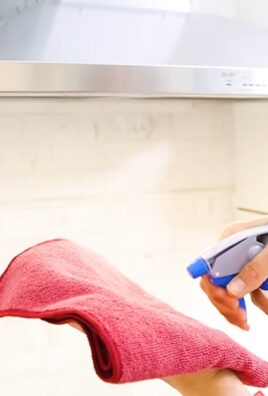
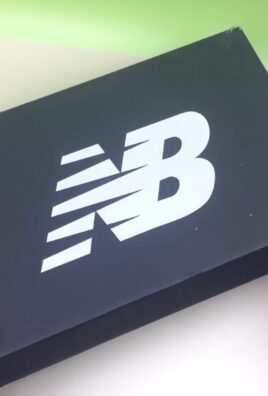
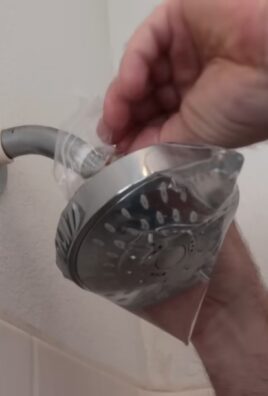
Leave a Comment